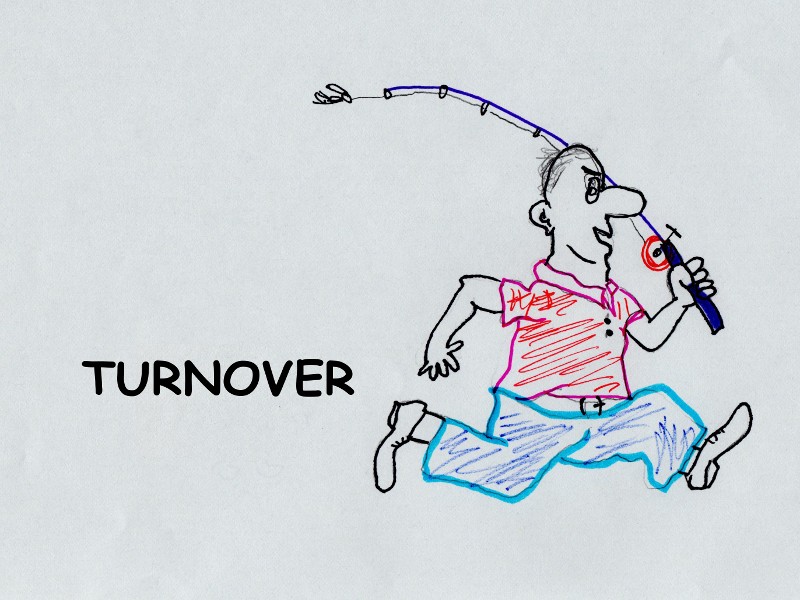Sometimes I love turnovers (the kind my grandmother once made with cherries come to mind immediately), but most times “turnovers” induce agony. Just ask any football coach whether he hopes for turnovers, or ask any bass fisherman if he awaits turnover and you’ll get a similar emphatic response: “NO!”
Turnover (definition to follow) in the angling world isn’t pleasant for fish or fisherman; both struggle to adapt, both anxiously wish its end.
If you only fish small ponds (northeast Georgia is replete with hundreds of such basins), then you need to pull up a comfortable chair, grab the TV remote and wait until the all-clear is sounded. Turnover paralyzes small, sedentary bodies of water.
But if you fish larger bodies of water such as Lakes Lanier or Hartwell there is an answer to the turnover challenge: stay one step ahead. (More on that in just a moment.)
But first, for those unsure what turnover is, allow me to explain.
During the summer months water in a lake or pond stratifies, that is, it develops distinct layers. You may have experienced the layering if you jumped into the water and noticed the sudden appearance of a cooler layer of water well below the surface.
That layering effect becomes more pronounced as the summer progresses; it also moves deeper – over thirty feet deep on Lake Lanier by summer’s end. It is at that point-of-rapid-temperature-change where the majority of game fish reside, not only because of the cooler, more comfortable temperatures but because that water is oxygen-rich.
Turnover begins each autumn as overnight temperatures cool the warm, top layer of water. Cold water (remember this from high school chemistry class?) is denser and falls through warmer water. A mixing process begins and lasts for several weeks.
This action affects water quality and the fish. The water takes on a cloudy appearance as microscopic debris from deeper water ascends towards the surface; a sulphuric-smell of rotten eggs sometimes becomes noticeable.
Professional fisherman Kevin Wirth described it this way to Bassmaster Magazine: "It's an oxygen-depletion scenario, so it's just like when you're starting to choke. You're more worried about breathing than eating.”
The fish scatter in an effort to seek relief and become very difficult to catch.
Now here is the aforementioned advantage of fishing larger impoundments such as Lanier or Hartwell: the turnover happens in waves. The entire lake does NOT turn over at the same time and you can use that fact to seek out areas of the lake not yet impacted.
On Georgia reservoirs the turnover starts in the shallowest waters, in the back of feeder creeks and in the headwaters of the river, and moves its way towards the deeper main lake water. Usually the area fronting the dam is the last area affected.
The process on Lake Lanier usually takes a couple of weeks depending upon the how cold the nighttime temperatures become.
By staying ahead of the turnover process you can dramatically improve your chance of catching fish. Then, once you’ve worked your way to the deepest part of the lake and noticed the turnover beginning there, you can jump back upriver, going to the places where the turnover began. Fish in those areas are coming off a “fast” caused by the turnover, and are ready to resume feeding.
Here are three indicators that tell me to leave an area I suspect is turning over and look for better fishing elsewhere:
- Water color – water that appears milky or cloudy
- Smell – the faint odor of rotten eggs or sulphur
- Bubbles – whether they fill my fish finder screen or I can actually see them erupting on the surface
It’s coming. There’s no escaping it, but you can be successful if you’ll just remember to stay one step ahead of the turnover.









